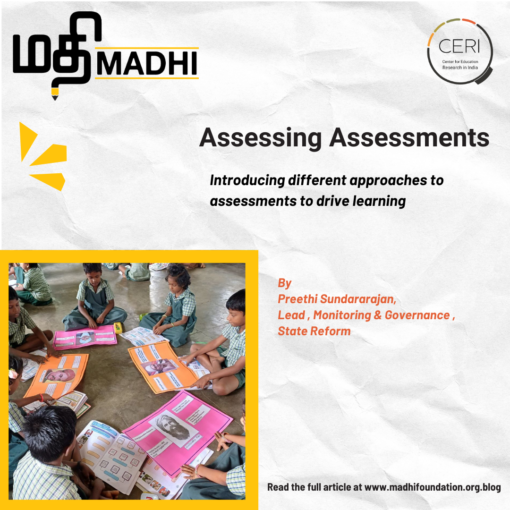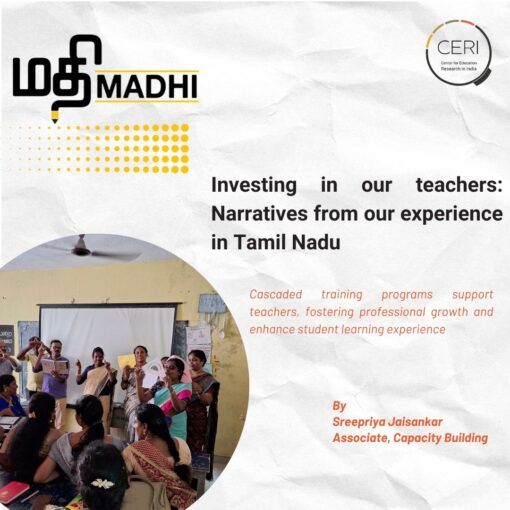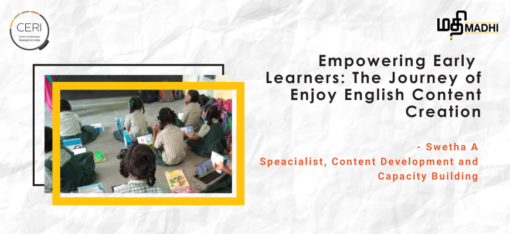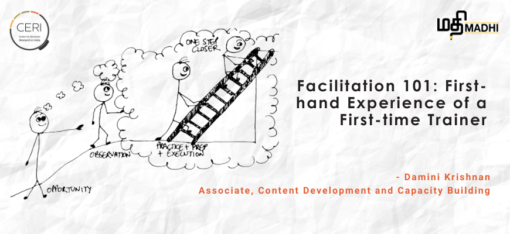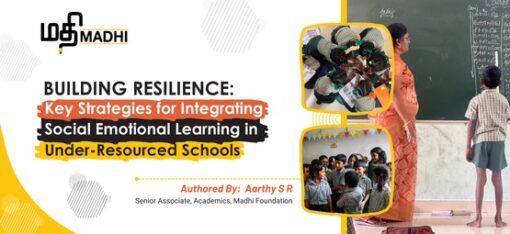
Building Resilience: Key Strategies for Integrating Social Emotional Learning in Under-Resourced Schools
In the heart of our communities, where challenges often overshadow potential, lies a transformative opportunity: social-emotional learning (SEL). Imagine classrooms buzzing with resilience, empathy, and collaboration, places where students not only learn academic skills but also develop the emotional intelligence needed to navigate life’s ups and downs. In under-resourced schools, integrating SEL can be a game-changer, equipping young minds with the tools they need to thrive against all odds. Let’s explore powerful & effective strategies that empower educators and uplift students, nurturing an environment where every child can rise beyond adversity and embrace their full potential. Let’s unlock the power of resilience together!
Understanding SEL and its role in child development
SEL and Resilience: Why Resilience Matters in Academic Success
In today’s rapidly changing world, the importance of Social Emotional Learning (SEL) cannot be overstated, especially in under-resourced schools where children from low-income backgrounds face countless challenges. These students often come to school burdened with heavy stressors like poverty, family instability, and limited resources that can hinder academic engagement.
This is where “Resilience” plays a crucial role in empowering students to bounce back from setbacks and face adversity. A meta-analysis of 213 SEL programs found that students who participated in SEL interventions demonstrated an 11% improvement in academic performance compared to their peers (Durlak et al., 2011). This effect is particularly profound for students from backgrounds facing systemic barriers, as SEL fosters resilience, emotional regulation, and a strong sense of belonging, which are critical factors in overcoming social challenges. As Dr. Angela Duckworth, a leading psychologist on grit and resilience, explains, “Grit, the perseverance and passion for long-term goals, predicts success over and beyond talent.” This suggests that the ability to persist through challenges may be just as crucial as intelligence in achieving academic success.
Unique Challenges of Children from Under-served Communities and the Role of SEL
Children from communities that face systemic challenges often navigate a maze of obstacles that can impede their educational journey. Limited access to resources, such as housing security, basic supplies, technology, economic stability, and even safe spaces for learning, can make matters worse. These factors contribute to anxiety and distraction in the classroom.
Stigma surrounding poverty can lead to feelings of isolation among peers. Students might feel disconnected or unwelcome in school environments that do not reflect their realities. SEL provides a framework for addressing these needs by fostering safe, inclusive environments and teaching children to understand and manage their emotions. Building these foundational skills paves the way for thriving adults capable of contributing positively to society.
Strategies for Building Resilience and Promoting SEL in Under Resourced Schools
Creating a Supportive Environment
Creating a supportive environment is essential for fostering social-emotional learning (SEL) among children from under-served socio-economic backgrounds. A safe and welcoming space encourages pupils to express their feelings openly. Classrooms should be designed with warmth in mind. Bright colours, positive messages, and comfortable seating can make a significant difference. When pupils feel physically comfortable, they are more likely to engage emotionally.
Encouraging staff collaboration is also key. Teachers must work together to create consistent routines and expectations that reinforce safety and trust within the school community. Incorporating peer mentorship programmes enhances this environment further. Older or more experienced pupils can provide guidance while building meaningful connections with younger peers, promoting empathy and understanding across year levels.
Teaching Coping Skills
Teaching coping skills is essential for children from under-served socio-economic backgrounds. These skills empower pupils to navigate challenges with resilience.
One effective approach is role-playing scenarios. This activity-based learning method allows children to practise responses in a safe environment. They can explore different emotions and learn how to manage them.
Mindfulness exercises are another vital tool. Simple breathing techniques or short meditation sessions can help pupils centre themselves during stressful moments. This fosters emotional regulation, which enhances focus in school.
Creative outlets such as art and music also play a significant role in building coping skills. When children express their feelings through creativity, they develop healthier ways to process their experiences.
Engaging discussions about emotions can further deepen understanding. Facilitating conversations about various feelings encourages pupils to articulate their thoughts and gain insight into themselves and others around them.
Encouraging Growth Mindset
A growth mindset is the belief that abilities, intelligence, and talents can be developed over time through effort, learning, and perseverance. It encourages embracing challenges, learning from failures, and viewing effort as a path to mastery in contrast to fixed mindset that anchors on static intelligence and talents which often leads to avoiding challenges, giving up easily, and feeling threatened by others’ success. Encouraging a growth mindset is crucial for children from under-served socio-economic backgrounds. Educators can introduce this concept through storytelling and relatable examples. Sharing stories of famous personalities who overcame adversity helps students connect and see the possibilities in their own lives.
Incorporating activity-based learning plays a significant role here. Engaging students in hands-on projects allows them to experiment, fail, and learn without fear of judgment. Promoting language that emphasises effort over innate ability also reinforces a growth mindset. Phrases like “You worked hard on this!” cultivate an environment where persistence is valued.
Regular comforting discussions about mistakes normalise failure as part of the learning process. When students understand that setbacks are steppingstones to success, they become more willing to take risks academically and personally.
Cultivating Positive Relationships
Strong relationships with peers and teachers foster trust and emotional security. Teachers can:
Use trauma-informed practices.
Facilitate team-based learning.
Encourage empathy through shared responsibilities.
Use rituals like morning meetings for regular emotional check-ins.
Take, for example, the “Turnaround for Children” initiative in the U.S., which has helped schools in high-poverty areas build nurturing learning environments. By integrating SEL strategies such as trauma-informed teaching and relationship-building exercise in schools saw improvements in student engagement, behaviour, and academic outcomes. Programs like these highlight how intentional efforts can transform classrooms into spaces where children feel valued and supported.
Case Studies: Successful Implementation of SEL Programs in Under Resourced Schools
Mind UP in Canada
In a quiet classroom in British Columbia, Canada, something incredible was happening. Instead of jumping straight into lessons, students began their day with a moment of mindfulness a deep breath, a pause, a chance to reset. This was part of the Mind UP program, an SEL initiative introduced in low-income schools to help students manage stress, focus better, and build emotional resilience.
Teachers noticed a shift almost immediately. Students who once struggled with anxiety and classroom disruptions were now more present, engaged, and cooperative. Through simple practices like mindful breathing, gratitude reflections, and storytelling, children learned how to navigate their emotions, creating a calmer and more connected learning environment. Over time, behavioural issues decreased, peer relationships improved, and students approached learning with a newfound sense of confidence. This transformation wasn’t just about academics; it was about shaping young minds to be emotionally aware and prepared for life beyond the classroom.
Happiness Curriculum in Delhi, India
A similar shift was seen in Delhi, India, where thousands of government school pupils, many from under-served communities, faced daily hardships that made learning difficult. Recognising this, the government launched the Happiness Curriculum, an initiative that prioritised emotional well-being alongside academics. Each morning, pupils engaged in mindfulness exercises, storytelling, and group discussions — not to memorise facts, but to reflect on their emotions, build self-awareness, and develop empathy.
The results were remarkable. Pupils who once hesitated to speak up in class grew more confident, and aggressive behaviour declined as children learned how to express themselves constructively. Teachers, too, found their classrooms transformed, with stronger teacher–pupil relationships and a more positive atmosphere.
Where to Now
Incorporating Social and Emotional Learning (SEL) into educational frameworks is no longer an option but a necessity. By fostering self-awareness, self-regulation, social skills, and responsible decision-making, SEL equips students with the tools needed to navigate personal and professional challenges effectively. Research consistently highlights the positive impact of SEL on academic performance, mental well-being, and overall social competence. Educators, policymakers, and stakeholders must work collaboratively to integrate SEL into curricula, ensuring that students develop both cognitive and emotional resilience. By prioritising SEL, we can cultivate compassionate, confident, and capable individuals who contribute positively to society.
Playbook for Implementing SEL in Under Resourced Schools
Organisations like CASEL (Collaborative for Academic, Social, and Emotional Learning) and Turnaround for Children offer valuable resources, training, and frameworks that schools can adapt to foster Social-Emotional Learning (SEL) effectively. Educators can explore CASEL’s SEL Roadmap for Reopening Schools (CASEL.org) for practical strategies. Additionally, leveraging technology can enhance SEL support for both educators and students. Apps such as Smiling Mind (a mindfulness app designed for schools), Peekapak (which integrates SEL into literacy lessons), and Breathe, Think, Do with Sesame (for younger students) provide engaging ways to build emotional intelligence. Websites like Greater Good in Education (GGIE.Berkeley.edu) also offer research-backed SEL activities and lesson plans.
For educators working with limited resources, small, actionable steps can create a meaningful impact:
Start with Daily Check-Ins – A simple morning question like, “How are you feeling today?” can help students express their emotions and build trust.
Use Free SEL Tools – Websites like Edutopia (edutopia.org) offer free SEL lesson plans, strategies, and research-based practices.
Encourage Peer Support Systems – Implement low-cost mentorship programs where older students guide younger ones.
Integrate SEL into Existing Lessons – Even subjects like math or science can incorporate SEL by encouraging teamwork, problem-solving, and self-reflection.
Leverage Community Resources – Partner with local organizations to bring in guest speakers, counselors, or volunteers who can support SEL initiatives at no extra cost.
By taking these small steps, educators can create emotionally supportive classrooms that foster resilience and academic success, regardless of resource constraint.
References:
Durlak, J. A., Weissberg, R. P., Dymnicki, A. B., Taylor, R. D., & Schellinger, K. B. (2011). The impact of enhancing students’ social and emotional learning: A meta-analysis of school-based universal interventions. Child Development, 82(1), 405–432.
Martin, A. J., & Marsh, H. W. (2006). Academic resilience and its psychological and educational correlates: A construct validity approach. Psychology in the Schools, 43(3), 267-281.
Angela Duckworth – https://angeladuckworth.com/ </a?
CASEL – Collaborative for Academic, Social, and Emotional Learning – https://casel.org/
Edutopia – https://www.edutopia.org/
Greater Good in Education – https://ggie.berkeley.edu/






